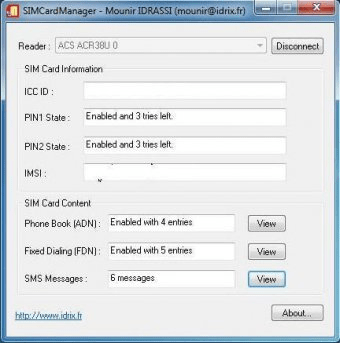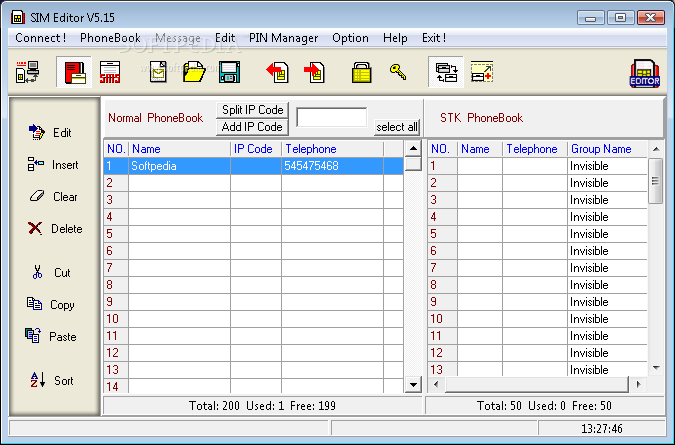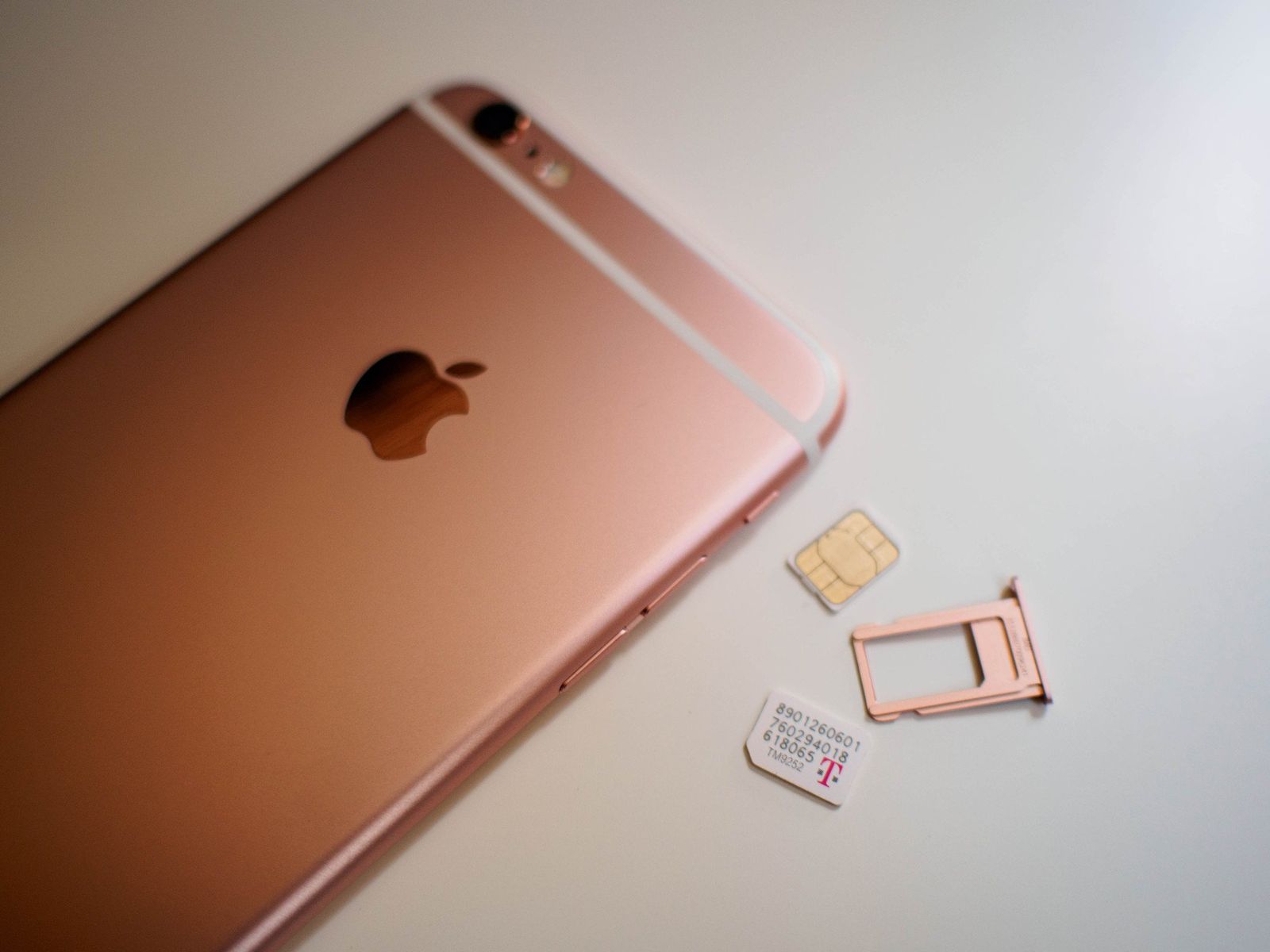


It also requires some new parameters like public key of the home network, scheme identifier, and routing indicator. The SUCI, which basically hides the SUPI over-the-air, can be calculated using standardized schemes like so-called Profile A and Profile B. Let's first discuss the most important one which is the use of subscription concealed identifier (SUCI). PrivacyĥG has introduced significant privacy enhancements in terms of how permanent and temporary identifiers are used. It is also worth noting that, just as with 4G networks, any smart cards older than Rel 99+ USIM (which may be called Rel 98- SIM) cannot be used to access 5G. In those cases, it could be such that the USIM's role is skipped. The adoption of the EAP framework in 5G and the definition of SUPIs in NAI format, means that it is possible for other methods than EAP-AKA’, such as Extensible Authentication Protocol-Transport Layer Security (EAP-TLS), to be used for isolated deployments.

Another reason is that newer storage and computations required for new security features can be offloaded to mobile phones, like the calculation of a new type of AKA response and new session keys.

The main reason for this forward compatibility is the fact that there is no need for a new permanent security key shared between USIMs and the network. In any case, from the IdAM viewpoint, the Rel 99+ USIMs that could be used in 4G are still compatible with 5G, in the sense that they can be used to authenticate and gain access to the 5G system. Another, called EAP-AKA', is a method now widely adopted in 5G for broader use of the Extensible Authentication Protocol (EAP) framework. One such method, 5G AKA, is an evolution of the authentication method in 4G. SUPIs in the NAI format allow the use of 3GPP 5G technology in the context of private networks and wireless-wireline convergence.Furthermore, 5G provides at least two methods of authentication and key agreement (AKA) for accessing the network. In 5G, subscription permanent identifier (SUPI) could be in two formats, one is the legacy format called international mobile subscriber identity (IMSI) and another is the format newly adopted in 5G called network access identifier (NAI). For the sake of brevity, in this post, we do not touch upon other new features in 5G that do not concern USIM. This is a valid question and something which we address below. While accessing the 5G system is one thing, the question we have is whether using the “new” security and privacy features of 5G requires a new kind of USIM other than Rel 99+ USIMs which could be used for 4G security. Such backward and forward compatibility is achieved by the carefully designed offloading of some computations and storage to mobile phones. These Rel 99+ USIMs can be used to access every generation of mobile networks, including 5G. In this post, we refer to these newer smart cards as Rel 99+ USIM which are compatible with 3GPP Release 1999 (first 3G specifications) and afterwards. Learn how 5G security enables a trustworthy system in our 5G security whitepaper.
#Sim card editor for mac software#
The universal subscriber identity module ( USIM) is one of several software applications that resides in the hardware part, called the universal integrated circuit card ( UICC). Even though these SIMs can also be used in 3G systems, for enhanced security, 3G systems use a newer smart card with software and hardware separated. In 2G, the smart card is called the subscriber identity module ( SIM) that represents hardware and software together. By "SIM cards", we mean those smart cards that are used in mobile networks. To understand the context behind this question, let’s briefly discuss different types of SIM cards. This post was originally published in January 2020 and updated in August 2021 to reflect new developments in standardization.


 0 kommentar(er)
0 kommentar(er)
